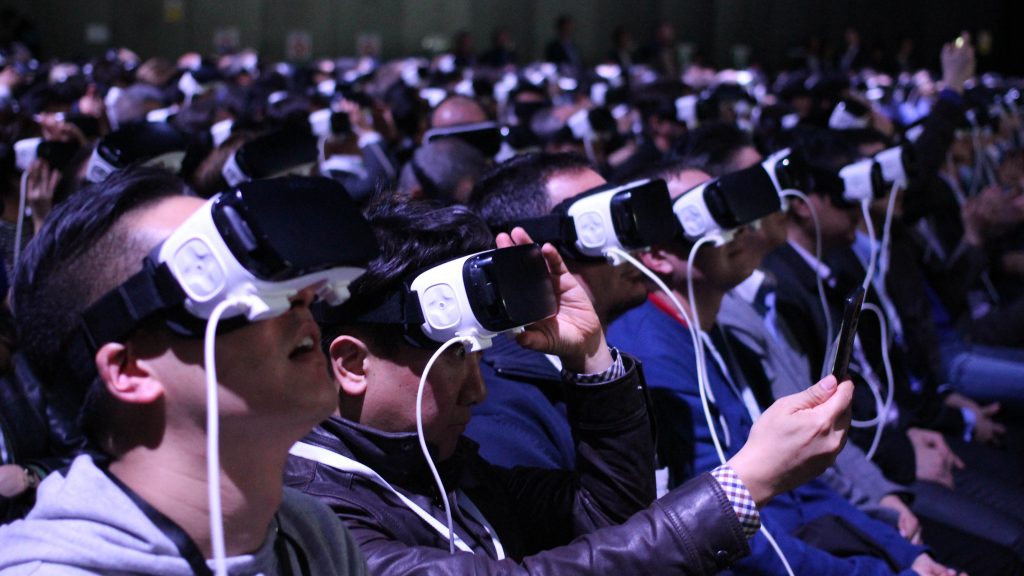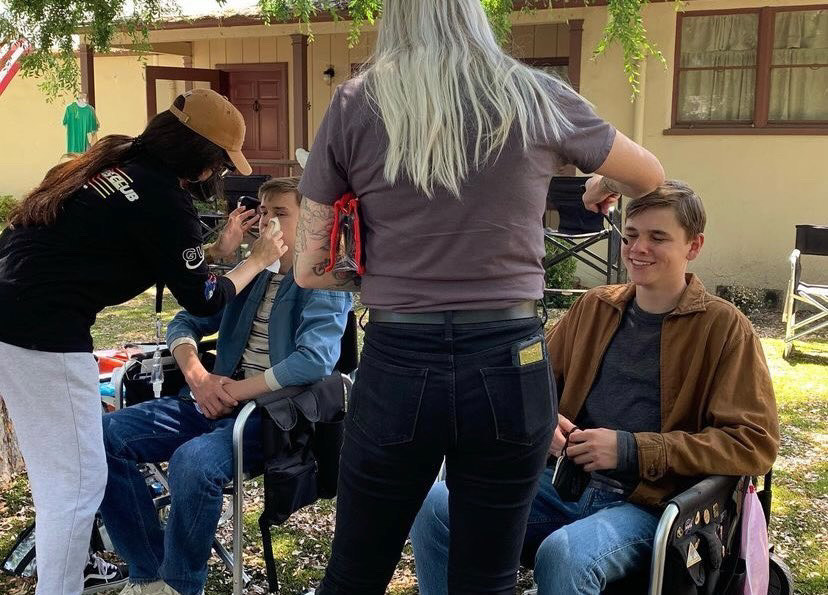Over the weekend, I had the privilege of picking up a HTC Vive, a top of the line virtual reality headset. After multiple hours of demoing video games and other various virtual environments, I concluded that virtual reality is an awesome experience, but it isn’t very accessible. Virtual reality, or VR for short, has an abundance of potential So, why isn’t VR popular in our society?
Price is the most notable con for VR. One of the cheapest headsets is Samsung’s “Gear VR”, a headset that’s powered by your phone. For $100, you get a plastic frame with buttons on the side of it. However, the Gear VR is only compatible with Samsung Galaxy phones, which are priced at around $650 and go up to $1,000. There’s also no way to control the environment you’re in, which means you won’t be playing any games. Rather, Gear VR is designed for immersive video. The ideal buyer of Gear VR would be someone who has an existing Samsung Galaxy phone and wants an interesting add-on for $100.
“Good VR”, or virtual reality that isn’t dependent on your phone, is even more expensive than Samsung’s options. However, it’s much more immersive, offering more accurate tracking and the ability to play intensive games. For example, the HTC Vive, a virtual reality headset from HTC, costs around $800 with the exclusion of a computer. “VR Ready” desktops cost about ~$800, reaching a combined total of $1600. Yikes.
Even though there’s plenty of potential, another reason virtual reality has not become mainstream is due to technological imperfections. Even with top of the line headsets, I’ve had multiple issues with incorrect tracking, resulting in a fairly sickening experience. Issues with virtual reality don’t happen often, but when they do, they’re a big flaw, as they affect one’s entire vision.
Thanks to the amount of potential for virtual reality, it can be used for more than leisure purposes. For example, the medical field has widespread use for VR. Virtual reality is commonly used for treating pain and anxiety, specifically Post-Traumatic Stress Disorder (PTSD). Patients can use VR and transport themselves to a much more peaceful environment, rather than having to deal with medical problems or pain. Virtual reality also has the potential to be used for rehab, helping those who have suffered a head injury or a stroke. The medical field wouldn’t be where it is today without this advancement in technology.
Virtual reality has mass potential for advancing the world we live in, but because of steep price tags and technological flaws, it’s not exactly perfect. However, that doesn’t mean it’s pointless. If you get the chance to demo a product such as the HTC Vive, I would one hundred percent recommend it. At the rate virtual reality is advancing, it will soon be a defining technological factor for our world.
























